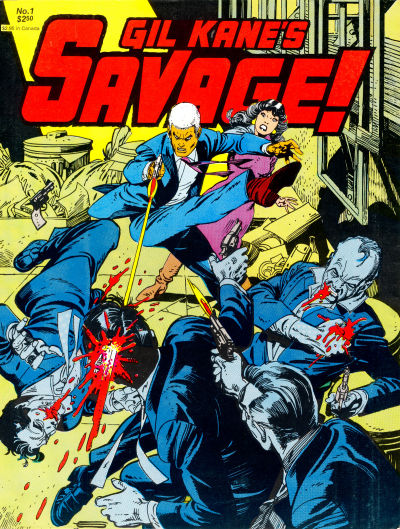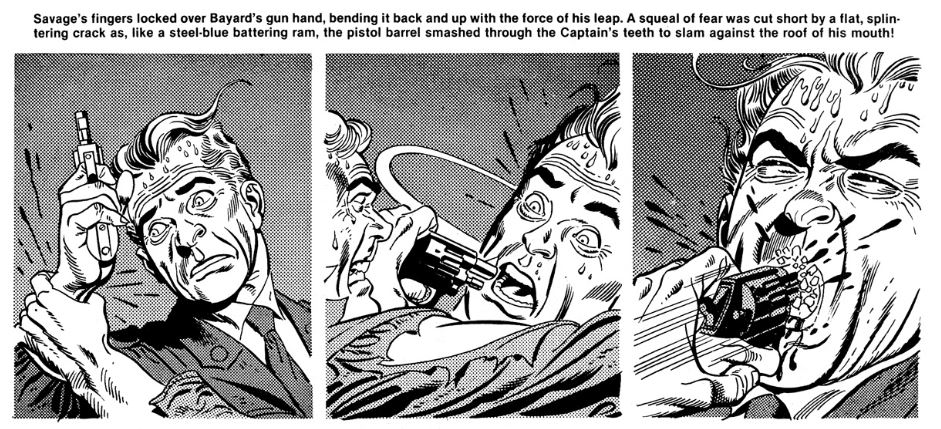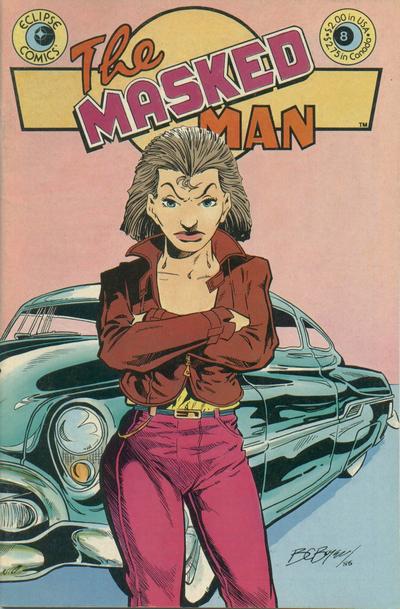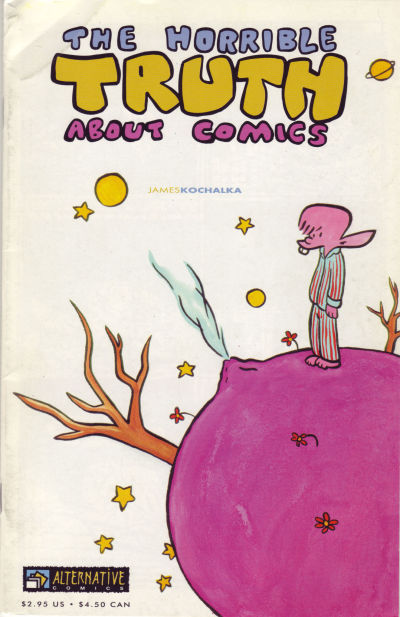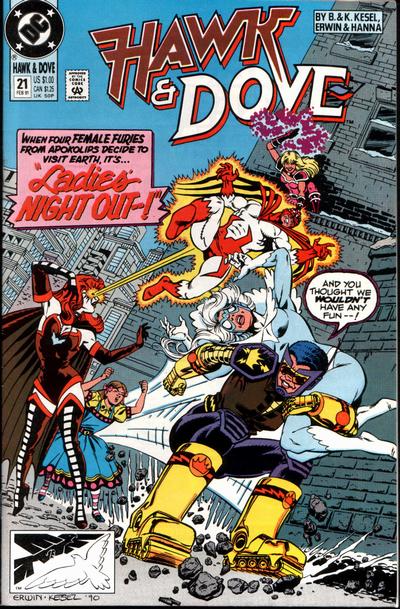If you only know Frank Robbins from his often terrible fill-in issues at seventies Marvel, this is a good place to re-asses him — had his art been left alone.
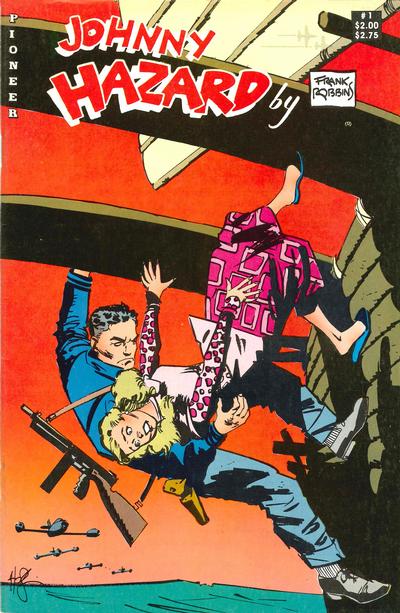
It was the cover, immediately recognisable as by Howard Chaykin that drew my attention to this comic when I spotted it in the bargain bins at the comic con I went to today. I love me some Chaykin, but I also knew that Johnny Hazard was one of the classic late forties adventure newspaper strips. Launched just a day before D-Day on June 5th, 1944, it ran until 1977, still written and drawn by Robbins, who only quit to retire to Mexico to become a painter…
Robbins got his start on Scorchy Smith, a pioneering adventure strip featuring a pilot for hire, made famous by Noel Sickles. Sickles was hugely influential on the generation of newspaper adventure cartoonists that started in the 1930s and 1940s as well as people like Alex Toth and Howard Chaykin. You can also see that influence in Robbins work on Scorchy Smith, which he did from 1939 until 1944 when he started Johnny Hazard. Like Scorchy Smith, Johnny Hazard was a freelance pilot and after his stint in the military he went to all sorts of exotic places to land himself in trouble.
I think I first encountered his work on some The Human Fly issue, Marvel’s sort lived attempt to make the real live Evil Knievel like stuntman into a superhero. I didn’t like it. It look old fashioned, grotesque even, with his figures being weirdly distorted. Perhaps it was because of the difference between doing a newspaper strip and a comic and what worked in one format not working in the other, but the man has a huge list of comics credits so that’s probably too simplistic. Might just be as simple as his heart not being in it, being semi-retired at that point.
The publisher of this comic, Pioneer Comics, is not one I had heard from before. This came out in 1988 and was supposed to be an ongoing series, but only lasted one issue. The back cover advertises various other famous newspaper adventure strips: Prince Valiant, Rib Kirby, Buz Sawyer, Mandrake, etc. All except one, (Peter ODonnell’s Modesty Blaise) being King Feature Syndicate properties. Looking at their list of publications at the Grand Comics Database, it seems Pioneer Comics only last a year or two, from 1988 to 1990, with only the Prince Valiant series hitting double figures. Were they caught up in the late eighties comics market crash? Did King Features pull the plug on them?
Whatever happened, Andrew Dailies in The comics Journal 126 was not impressed with how they edited their comics: nothing less than artistic rape as he put it. Because instead of presenting these strips as they appeared in the newspapers, with the dailies being normally three or four horizontal panels, the Sunday pages more like a true comic page, these are chopped up, enlarged or cropped to provide a more ‘comic book’ feel. A shame they felt the need to do this, but may explain why they went under so quickly. Who wants to read a classic strip reprint if it has been butchered this much?
